Introduction: What is sustainable living and why is it important?
Welcome to an exciting journey towards an earth-conscious lifestyle. We live in a world where the quest for sustenance is putting immense strain on our planet. To reduce this burden, environmentalists advocate embracing sustainable living.
But what is sustainable living? It involves making choices that promote the Earth’s longevity; minimizing the carbon footprint and reducing personal waste. It’s a path to finding a harmonious balance in life, while simultaneously fostering a healthier planet.
Why is sustainable living important? The reasons are manifold:
- Conservation of natural resources: Every household item produced and disposed of leaves a ripple effect on our ecosystem. By creating your own sustainable home goods, we lessen the depletion of our finite resources.
- Reduction of environmental pollution: A much-ignored side effect of the manufacture of home goods is the pollution it causes. Choosing eco-friendly alternatives helps in curbing this.
- Enhanced health benefits: By reducing dependency on chemically treated products, you are paving the way for a healthier lifestyle.
- Economic savings: Adopting sustainable living practices often results in major savings in the long run.
But how do we transition towards a sustainable lifestyle? The key lies in our habits – from the materials we choose to the way we dispose of used items. This article will provide comprehensive insights into creating your own sustainable home goods, choosing eco-friendly materials, upcycling, reducing waste, and much more. Find out how these small adaptations collectively benefit us and our Earth. So let’s get started on this eco-journey.

Choosing Eco-friendly Materials for Home Goods
When turning your home into a sustainable haven, your choice of materials matters. Opting for eco-friendly materials significantly contributes to lessening the environmental impact of your lifestyle. Not only do these materials provide longevity and durability, but they also add a touch of nature to your home’s aesthetics.
Here are some factors to consider when picking sustainable materials for your home goods:
- Source of the material: Choose materials that are harvested or sourced in a sustainable manner. This includes choosing woods that are FSC certified or materials that are recycled.
- Production process: Eco-friendly materials usually involve low-impact production processes that are energy-efficient and produce minimal waste.
- Longevity: The more durable a material, the less likely it is to end up in a landfill anytime soon, making it a sustainable choice.
- Disposal: Opt for materials that can be recycled or are biodegradable to ensure they don’t stick around in the environment for longer than necessary.
Incorporate the following environmentally friendly materials in your home goods:
- Bamboo: This renewable resource grows faster than the majority of hardwoods. Cured bamboo is incredibly strong and can serve as a durable material.
- Reclaimed wood: Using reclaimed wood prevents additional trees from being cut down. Combined with the charm it brings, reclaimed wood is perfect for furniture or decor items.
- Cork: Apart from being biodegradable and renewable, cork has another advantage – the tree doesn’t need to be cut down to harvest it. This makes it a versatile material that adds natural warmth.
- Linen: Linen is an eco-friendly choice for bedding and curtains. Made from flax, it’s hardy and grows with less water than cotton.
Remember, creating a sustainable home is a journey. Implement changes gradually as you start to feel comfortable with your choices. Start with one aspect—like replacing plastic items with sustainable alternatives—and then move on to the next. By switching to eco-friendly materials for your home goods, you play a crucial role in preserving our environment.
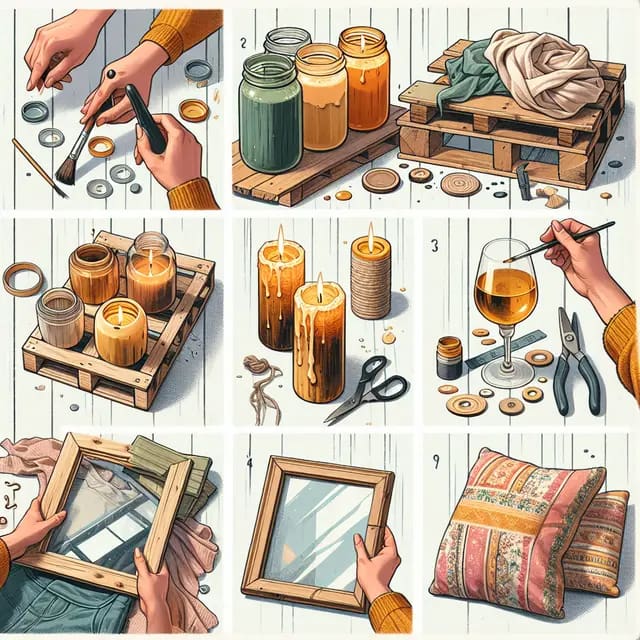
DIY Projects for Sustainable Home Goods
Embracing the eco-friendly mantra, there is no better way to join the sustainable movement than by handcrafting your personal sustainable home goods. Once you’ve ensured that the materials used in these DIY projects are environmentally friendly, it makes the process even more rewarding. These DIY projects not only offer the perfect chance to give a personal touch to your home but also significantly reduce waste that would otherwise be disposed of in landfills.
Here are some approachable DIY projects you can undertake to craft sustainable and stunning home goods:
- Handmade candle holders from discarded glass jars: All you need for this project are some used glass jars, candle-safe paint, and beeswax candles. This is not just an efficient recycling method but it also adds a cozy vibe to your space.
- Wooden pallet coasters: With old wooden pallets, a saw, and some varnish you can create unique, sustainable coasters. They protect your furniture from water marks and simultaneously make a rustic statement.
- Reused fabric throw pillows: Have any old clothes or sheets lying around? Transform them into decorative throw pillows. Incorporate various patterns for a cool, boho motif. This not only minimizes textile waste but also adds a comfy touch to your living space.
- Old window turned mirror: Simply adding mirror glass to an old window can transform it into a vintage-inspired wall mirror. This upcycling project minimizes waste while adding a timeless showpiece to your home decor.
These are just a few examples of how everyday items can be transformed into beautiful, sustainable home goods with a bit of creativity. Make sure to use sustainable or reused materials whenever possible to ensure that your home goods are truly eco-friendly. With these projects, you become a steward of the environment, by reducing waste, reusing, and recycling.
Crafting sustainable home goods will not only benefit the environment but would also give a unique touch to your space with items handcrafted by you. It’s time to roll up your sleeves, and construct your very own sustainable home goods.
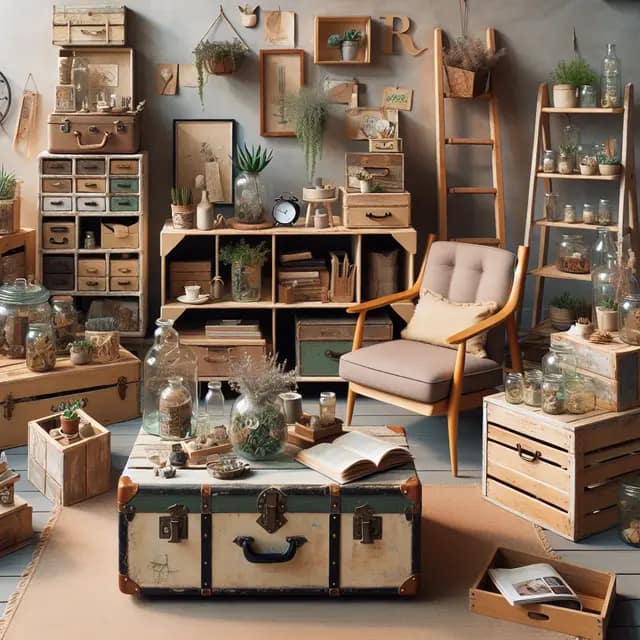
Upcycling and Repurposing in Home Decor
Creating harmony between beauty and sustainability can be a challenging feat. However, by incorporating upcycling and repurposing into your home decor, you can achieve a unique aesthetic appeal while minimizing environmental impact. This powerful approach to sustainable living allows us to breathe new life into old items, effectively reducing waste, and promoting a healthier planet.
Understanding the basics:
- Upcycling: This refers to the process of transforming by-products, waste materials, and useless or unwanted products into new materials or products perceived to be of greater quality or environmental value.
- Repurposing: Similar to upcycling, repurposing involves turning an item that originally had one use into an item with a new use. For example, turning an old suitcase into a coffee table or using a ladder as a bookshelf.
The prominent benefits of upcycling and repurposing include:
- Limiting product waste: Instead of throwing away old items, breathe new life into them, keeping them out of our ever-growing landfills.
- Promoting creativity: Each upcycling or repurposing project is unique, as it depends on the items you have at hand and your personal creativity.
- Reducing your carbon footprint: By upcycling, you’re recycling. You’re reducing your consumption of new products, and in turn, the amount of carbon emissions involved in the creation of new items.
Ready to start your upcycling or repurposing project? Here are some ideas to kickstart your sustainable journey:
- Old furniture: Transform a grainy, worn out table or chair into something distinctly elegant with a fresh coat of eco-friendly paint.
- Cardboard boxes: With a bit of creativity, these can be transformed into storage boxes, magazine holders, and even cat houses.
- Used glass jars: Once cleaned, they can serve as stylish containers for storing kitchen essentials or as planters for succulents and herbs.
Through upcycling and repurposing, we can make a significant difference in our homes and the world around us, contributing to a more sustainable future. While being eco-friendly, remember to have fun, let your creativity flow and most importantly, that every small step counts towards creating a greener planet.
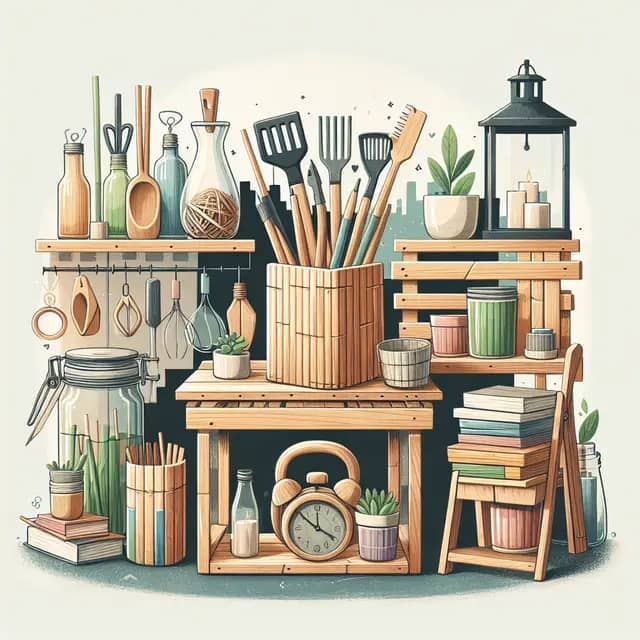
Reducing Waste Through Sustainable Home Goods
One of the most significant ways to embrace sustainable living is by reducing waste, and a major contributor to household waste comes from non-sustainable home goods. By crafting your own sustainable home goods, you not only make your home more eco-friendly but also significantly reduce the waste you generate. How can this be achieved?
Let’s delve into some key strategies:
- Creating instead of Buying: By creating your own home goods, you eliminate the need for mass-produced items often made from non-sustainable materials. This, in turn, reduces waste as fewer items are discarded and likely end up in landfills.
- Using Sustainable Materials: When you choose to make your home goods, you control what goes into them. Selecting eco-friendly materials for your projects is vital. Materials like bamboo, recycled glass, reclaimed wood, and other sustainable resources help to create products that last longer and are easier to dispose of in an environment-friendly manner.
- Dual-Purpose Items: Craft items that serve multiple purposes. A kitchen utensil holder can double as a plant holder, a recycled glass jar can become a lantern, and an old ladder can be transformed into a bookshelf. This results in fewer items being discarded and ultimately less waste.
Engaging in these practices is not only beneficial for the environment but also for you. Crafting your own sustainable home goods allows you to develop new skills, save money, and gives you a sense of accomplishment. Not to mention, each item in your home becomes a conversation starter. As we move forward in the article, we will share some DIY projects and how to choose the right materials for sustainable home goods, reduce waste, and contribute positively to the environment.
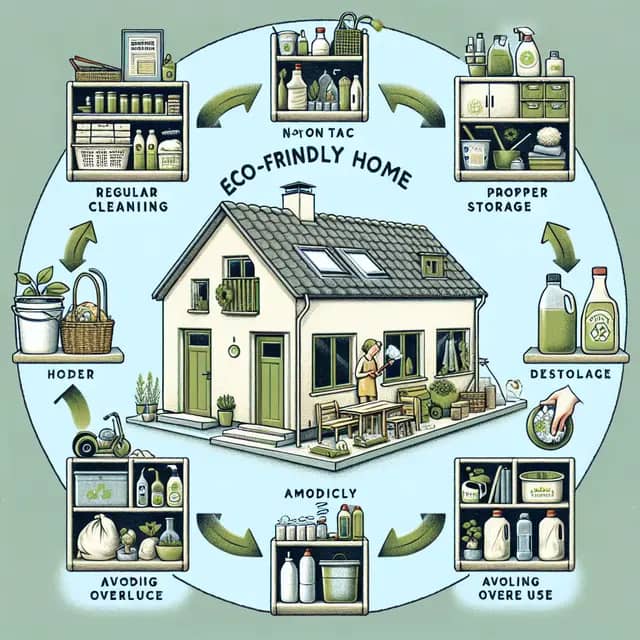
Tips for Maintaining and Caring for Your Sustainable Home Goods
The pathway to sustainable living does not end after crafting and purchasing your eco-friendly home goods. To truly commit to this eco-friendly lifestyle, one also needs to know how to maintain and care for these items to ensure durability and longevity.
Undoubtedly, maintaining your sustainable home goods is another opportunity to implement eco-friendly practices and reduce your carbon footprint. Here are some useful tips to incorporate in your routine.
Maintenance of Sustainable Home Goods:
- 1. Regular Cleaning: Dirt and grime accumulation could affect longevity. Opt for natural, non-toxic, homemade cleaning solutions as chemical cleaners may deteriorate the natural materials of your items.
- 2. Proper Storage: Keep your eco-friendly items in a cool, dry place to minimize exposure to harsh weather conditions and prolong their lifespan.
- 3. Avoiding Overuse: The objective of a sustainable lifestyle is to reduce waste. Use items wisely and avoid overuse.
Caring for Sustainable Home Goods:
- 1. Repair Before Replacing: In case of wear and tear, aim to repair before thinking about replacement. This act conserves resources and reduces waste.
- 2. Proper Disposal: If any item has reached the end of its lifespan, ensure it is disposed of or recycled in a responsible and ethical manner.
- 3. Education: Continually educate yourself about the sustainability of different materials and substances so that you can make conscious decisions and minimize environmental impact.
This article aims to educate and encourage sustainable living. Protecting the environment begins at home and every small step contributes to a larger collective effort. With these tips, not only will your sustainable home goods last longer, but you’ll also engage actively in preserving our planet.
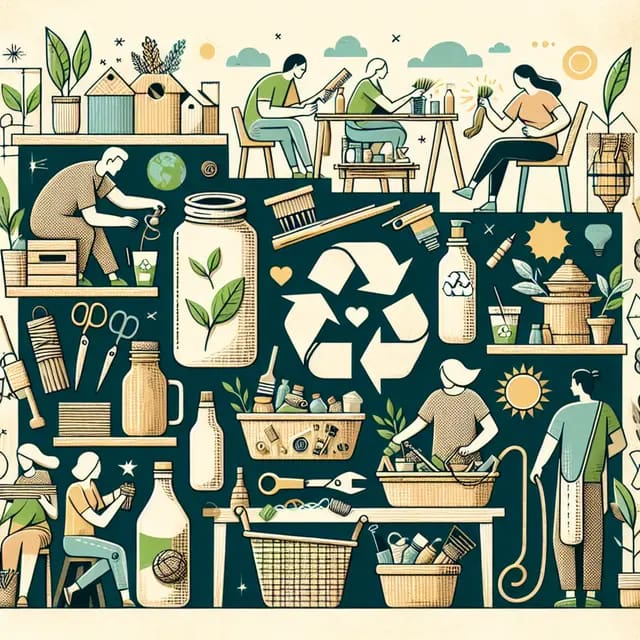
Conclusion: Embracing sustainable practices in your daily life
As we close this comprehensive guide on crafting your own sustainable home goods, it becomes apparent that sustainable living is both necessary and achievable. Let’s embrace these eco-friendly principles and habits in our daily lives.
- By choosing eco-friendly materials for our home goods, we ensure that we live in harmony with our environment. This practice is beneficial to our health and significantly improves the overall quality of life.
- Engaging in DIY projects for sustainable home goods not only sparks creativity but also leads to the production of unique and personalized household items. It’s fulfilling to adapt to a lifestyle that respects our environment.
- Upcycling and repurposing are other essential elements of sustainable home decor. The practice allows us to minimize waste, save money, and create stunning and functional pieces.
- Further, through reducing waste, we cut down on our contribution to the environmental crisis. Crafting and using sustainable home goods provide an excellent tool for accomplishing this goal.
- In addition, learning the tips for maintaining and caring for these sustainable items is crucial for ensuring their longevity. It’s not enough to adopt these green practices; we should endeavor to maintain them.
In a nutshell, living a sustainable life helps with the longevity of our planet, benefitting future generations, and maintaining our personal health. Therefore, we should continuously strive to embrace sustainability in all areas of our lives, starting within our homes.
Remember that even the smallest changes can make a significant impact over time. So, start with your home goods; craft them sustainably. Then extend these principles out into your broader lifestyle. You would be surprised at the far-reaching impact these simple tweaks in habit can have. Feel encouraged to apply these insights gained from this article. Start the journey towards a more sustainable and healthier lifestyle today!



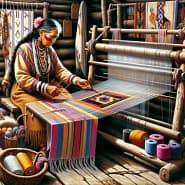












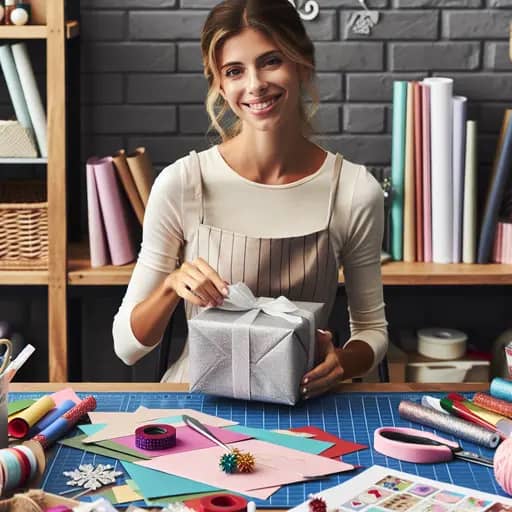
Pingback: Craft Your Own Sustainable Home Goods - Nina Glamour